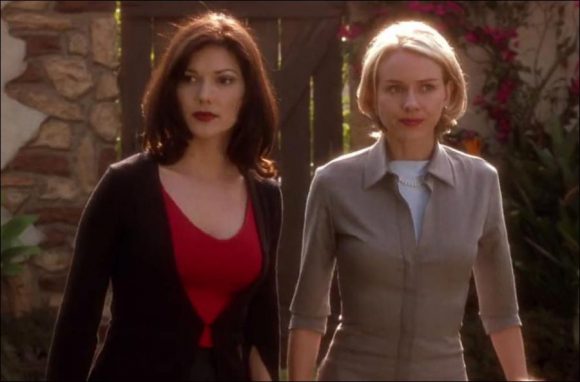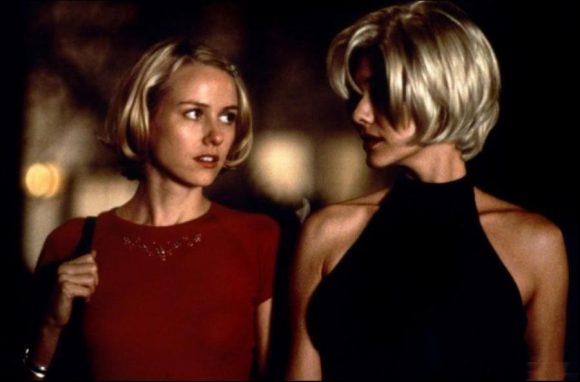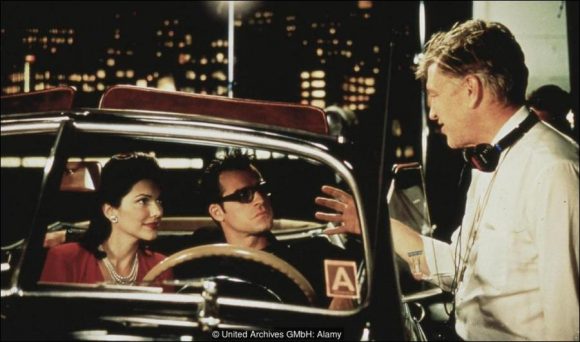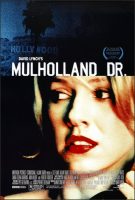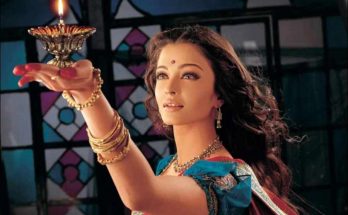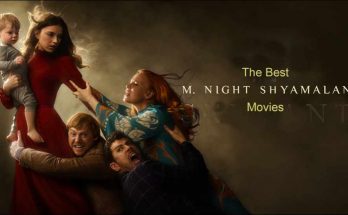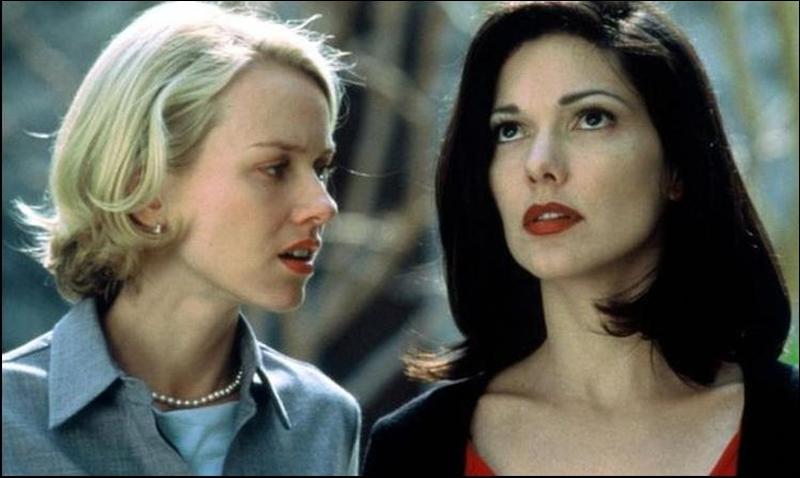The BBC appealed to the views of 177 film critics from different countries to identify the top 100 films of the 21st century. The list was topped by by David Lynch’s Mulholland Drive produced in 2001. It puzzles viewers but delights critics. Why has Mulholland Drive topped BBC Culture’s poll of the greatest films of the 21st Century?
Cinema in the early years of the 21st Century has experienced something of an existential crisis. Terms such as ‘TV-like’ or ‘television-esque’ were once intended as insults; now, in a period most commentators consider a new ‘golden age of television’ – a Don Draper here, a Walter White there – that is no longer the case. So, if television has evolved to a point where it is no longer considered an inferior art form, what does this mean for cinema?
Perhaps it is no coincidence that David Lynch’s mind-bending mystery-drama Mullholland Drive has been named by BBC Culture’s critics’ poll as the best film of the century so far. Its very roots lie in television: the film began as a failed TV pilot and was salvaged into feature-length format.
Mulholland Drive’s own troubled history, and the studio politics and power plays depicted by Lynch in the film itself, hardly feel like coincidences. Under its dream-like veneer, Mulholland Drive is a brilliant commentary on Hollywood’s machinations, at least partly informed by its own woes.
Beginning life during the development of Lynch’s cult TV show Twin Peaks, the director eventually pitched an idea for Mulholland Drive as a series in 1998. He was given a green light by US cable network ABC, which hoped to replicate the success of the director’s small-town mystery serial.
ABC was unimpressed with the first episode, which they considered slowly paced and drawn out – 37 minutes too long to fit into a conventional TV timeslot. They also objected to several things captured in the shoot, including an extreme close-up of dog excrement. In early 2000 Lynch managed to rescue the project by agreeing to turn Mulholland Drive into a feature film, equipped with a budget twice the original size.
One of several small, shady characters is the mysterious Mr Roque (Michael J Anderson) who appears to control Hollywood from a wheelchair in his shadowy office. One of the plotlines involves a hotshot director (Justin Theroux) who is bullied into casting a leading actress the powers that be want for his new picture, but he doesn’t.
Infusing Mulholland Drive with pointed, perhaps pessimistic commentary about market forces in Hollywood, but also cramming it full of beguiling images, Lynch created a very appealing package for critics. They could get lost in the dream-like ambience of it while being engaged in an intellectual exercise deeply critical of the commercial realities of filmmaking: a sort of backhanded valentine to Tinsel Town.
Interpretation of dreams
The closest character Mulholland Drive has to a protagonist is Betty Elms (Naomi Watts), a cheerful, aspiring actress who arrives in town looking for work. The happy-go-lucky smile will eventually be wiped off her face. Betty meets dark-haired, doe-eyed beauty Rita (Laura Harring) who stumbles down Mulholland Drive after surviving a car accident. The experience has left her an amnesiac.
Rita doesn’t know her own name. In fact, she calls herself “Rita” only after looking at a poster for an old Rita Hayworth film, Gilda, from 1946. Her quest to uncover information about her past, coupled with Betty’s journey to land work as an actress, takes place among a tapestry of other stories, which play out like vignettes, some lasting only a scene or two.
In a discussion about the best critically received film so far in the new century, perhaps insights can be gained by comparisons to the best critically received film of the previous one. The title that repeatedly arrives at or near the top of the list is Citizen Kane, writer/director Orson Welles’ esteemed 1941 feature film debut – BBC Culture’s critics poll of the 100 greatest American films last year put Kane at number one.
If Kane can be viewed as an essay on the nuts and bolts of film-making – a masterclass in technical processes, from montage to deep focus, dissolves and the manipulation of mise en scène – Mulholland Drive’s appeal is more thematic and conceptual. It is less a demonstration of how great cinema is achieved than what great cinema can achieve, its capacity for ideas seemingly endless.
Lynch’s themes are wild and unconventional: dreams materialised; crazy thought bubbles brought to life. Whereas Orson Welles’ great film begins with a brief moment of surrealism – involving a snow globe and the cryptic word “Rosebud” – but then proceeds in a more straight-forward manner, Lynch maintains the surreal atmosphere throughout. In this sense Mulholland Drive picks up where Citizen Kane left off.
Its dream-like qualities give rise to many confusing and unexplained things that naturally encourage interpretation. But as critic Roger Ebert, one of the film’s greatest champions noted: “There is no explanation. There may not even be a mystery.”
The film is undoubtedly challenging. Interesting plot tangents are cut off like cancerous limbs; characters appear and disappear. Late in the running time, after a scene that appears to show her waking from a dream, the protagonist morphs, unexplained, from the optimistic Betty to a haunted-looking, failed actress named Diane.
‘There is no band’
But it’s the small self-contained moments that linger longest in the memory, and which give the film a mosaic-like texture. The greatest is the famous Club Silencio scene, a truly unforgettable stretch of film. It is both a sumptuous sensory experience and a self-reflexive exercise, lifting up the bonnet of the film so we can inspect the moving bits and pieces inside.
In the scene, the MC of a surreal nightclub takes to the stage. “No hay banda!” he declaims: “There is no band”. That is to say, all the sounds that the audience hear have been pre-recorded; they seem real, but they are an illusion. Viewers are nevertheless swept up by a stirring Spanish rendition of a Roy Orbison song – beautiful, heartbreaking and mesmerising – before the singer suddenly drops dead and is dragged away.
The effect is thoroughly and exquisitely displacing. Lynch conjures an illusion while acknowledging the sleight of hand necessary to make us believe it. The magic of dreams, in other words, alongside the magic of the movies: one an imminently more dissectible form than the other.
Encouraging audiences to participate in that analysis – that dissection – is an exercise that attracts critics like moths to the light. There is something endlessly fascinating about a film that prioritises questions over answers, stretching our expectations of what cinema can achieve while scene by scene also providing a richly fulfilling experience. Perhaps the biggest mystery of all is how on earth Lynch pulled it off.
All about Mulholland Drive movie.
Mulholland Drive (2001)
Directed by: David Lynch
Starring: Naomi Watts, Jeanne Bates, Dan J. Birnbaum, Laura Harring, Scott Wulff, Robert Forster, Brent Briscoe, Bonnie Aarons, Michael J. Anderson, Enrique Buelna
Screenplay by: David Lynch
Production Design by: Jack Fisk
Cinematography by: Peter Deming
Film Editing by: Mary Sweeney
Costume Design by: Amy Stofsky
Art Direction by: Peter Jamison
Music by: Angelo Badalamenti, David Lynch
MPAA Rating: R for violence, language and some strong sexuality.
Distributed by: Universal Pictures
Release Date: October 12, 2001
Views: 196

